2023 Toyota Vios 1.5G Review
The 4th generation Toyota Vios brings more changes than expected.
Since the early 2000s, most South East Asian Toyota customers had their first taste of the brand with the Vios. What started as a nameplate without a lineage, has grown to become the starter Toyota for almost 2 generations of people in the region. Unfortunately, the simple formula of the Vios began to show signs of irrelevance despite Toyota’s best efforts to pump it full of features and give it a genuinely pleasant powertrain. So for the 4th generation of the Vios, Toyota had to try a very different formula.
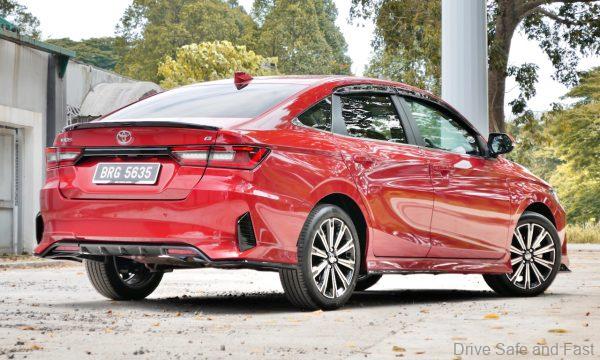
PERFORMANCE
The new 2023 Toyota Vios 1.5G on paper doesn’t look like a major step up on paper. It still has a torsion beam rear suspension setup. It still has a 1.5L 4-cylinder naturally-aspirated 16-valve petrol engine. It still has a CVT automatic gearbox. However, none of these core mechanical elements have been carried over from the previous Vios model.
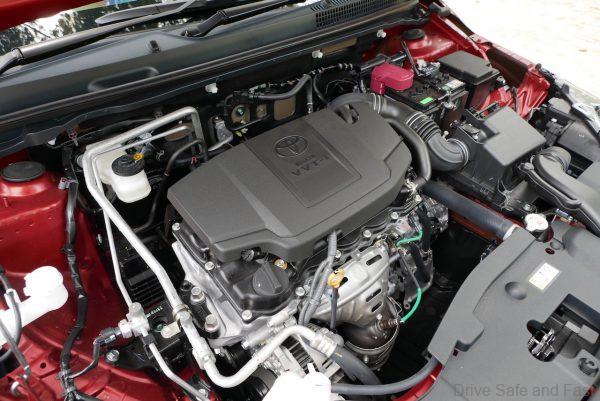
The suspension and chassis setup is now derived from the Daihatsu New Global Architecture (DNGA). This is a shared platform that underpins many new compact models from Perodua, Daihatsu and Toyota. We felt that the new structure of the Vios was a lot more rigid and modern than the one it replaces.

The car’s overall footprint has increased by 5-10mm in all directions, but the wheelbase is now 70mm longer than before, which makes a significant difference. Ride and comfort in the Vios has always been good in the segment, but we feel the new car is a lot more composed at higher speeds, while still doing great at reducing noise, vibration and harshness at all practical speeds.
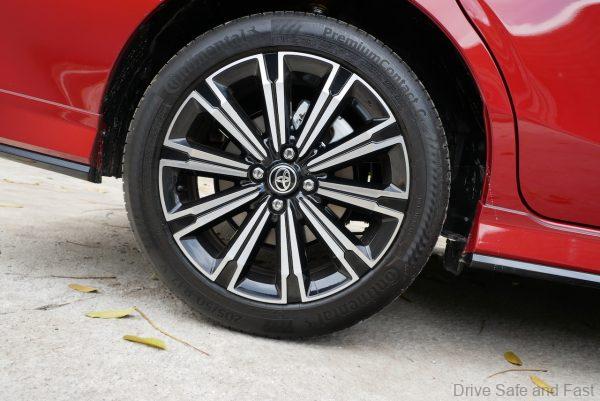
The new 1.5L 2NR-VE Daihatsu engine has replaced the 1.5L 2NR-FE Toyota engine and with that the overall output has dropped by a difficult-to-perceive 1.5%. The D-CVT powertrain is, however, a very perceivable change. There are pros and cons to this switch to Daihatsu hardware. Let’s start with the advantages.

It gets really composed at high speed. Once you’re at 90km/h or 110km/h or maybe even a little higher, the D-CVT relaxes the engine and brings revs way down. The drivetrain is supreme in the segment at cruising, and this is to be commended. Fuel efficiency and occupant comfort on long haul journeys are marginally improved in the fourth generation Vios.

Unfortunately, the tradeoff is day-to-day driving is noticeably less relaxed with this new powertrain. Go anywhere near the throttle and the revs will rise. To be fair, this is how the City’s petrol drivetrain is tuned as well, but in the Vios it seems a tad severe. The car is constantly trying to rev up to where the power is and it disrupts occupant comfort and low-speed drivability. Contrast this to the outgoing Vios and you’ll really see the difference. The older one’s engine barely had to ‘wake up’ for the car to start moving. In the new one, it revs up too high too often.

Another thing worth mentioning is steering feel. The new electric power steering module is easier to use in day-to-day low speed driving, but at higher speeds is pretty limp and doesn’t firm up quite enough. This is the opposite extreme of the outgoing Vios, which had a natural feel at higher speeds but felt a tad tougher to use at lower speeds than rival models.
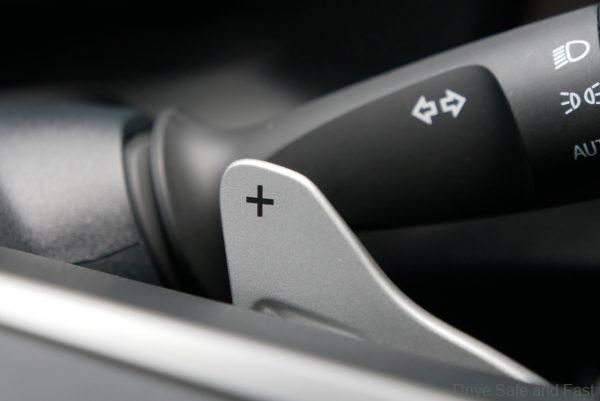
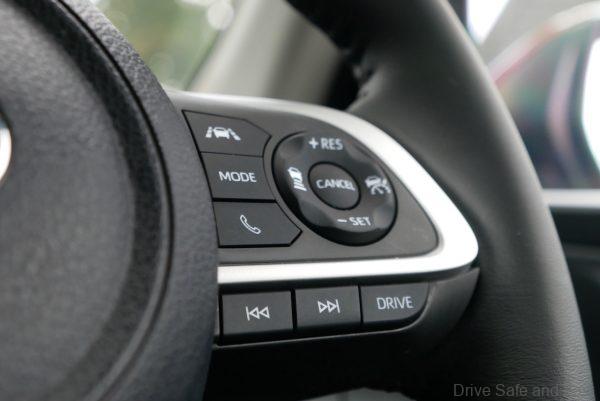
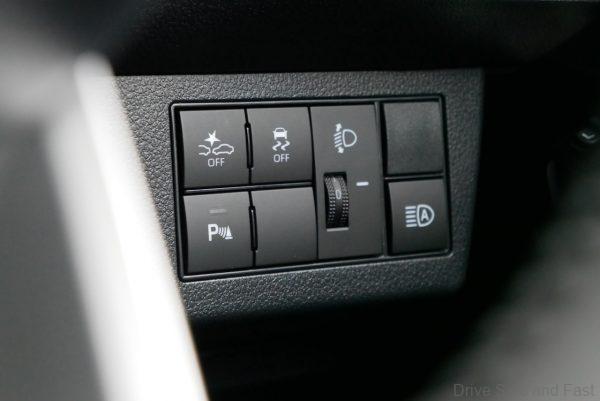
Overall, the performance shift comes across as a step in a more modern direction. Vehicles today are being driven at higher speeds and Toyota may have decided to move the tuning sweetspot speed up to about 90-120km/h. The tradeoff is it’s not as predictable and natural to drive as the outgoing model at non-sweetspot speeds.
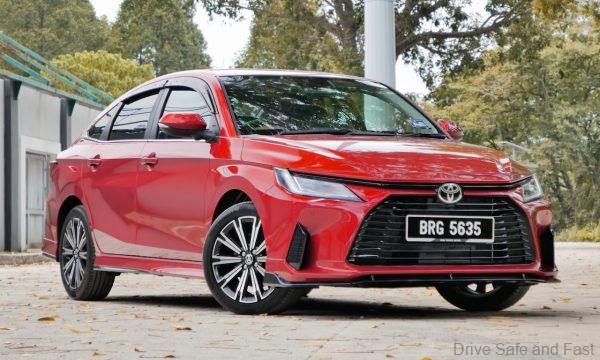
DESIGN
In terms of looks, Toyota has redeemed the new Vios. The front, rear and side views are all extremely well done given the size limitations of the B-segment. The overall look of the new Vios is clearly inspired by the outgoing Toyota Mark X and we’re really happy with the result overall.

The car has the elegance, sportiness and upmarket feel of something much more expensive squeezed into the package of a compact sedan. For the first time, the Vios features a clamshell bonnet with lines that connect headlamp to taillamp cleanly. This is Toyota’s most mature looking budget vehicle in decades. A little bit of sportiness is added thanks to functional front air inlets for the brakes, side skirts and a black-coloured rear spoiler and diffuser combo.

From the side, Toyota has given the Vios ‘fastback’ styling. Technically, this is the correct term to use for such a design. Many German manufacturers have taken to use ‘4-door coupé’ to describe such designs, which is incorrect. And it’s a nice look for the Vios. The four-door sedan is fast losing relevance as crossovers and SUVs come to show greater utility and more masculine looks.

As such, the 4-door shape has to take on the ‘sport sedan’ niche to remain relevant. This is why even Mercedes-Benz no longer makes purely classy sedans anymore, even the S-Class has to look like it can drive dynamically to sell in the 2020s.
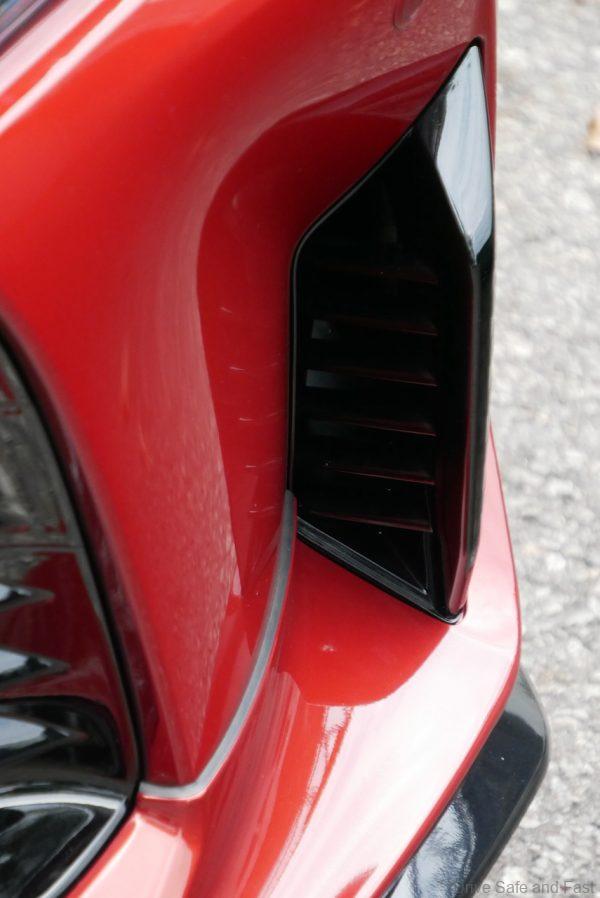
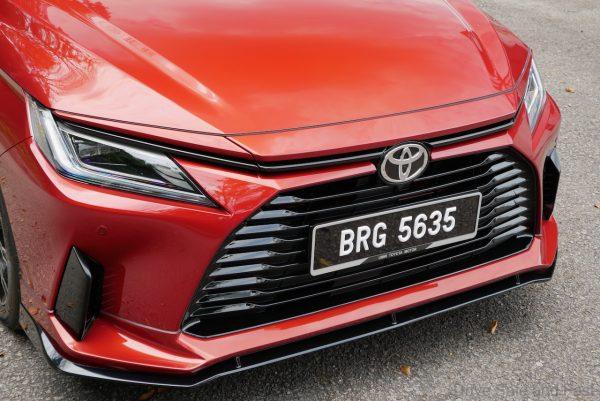
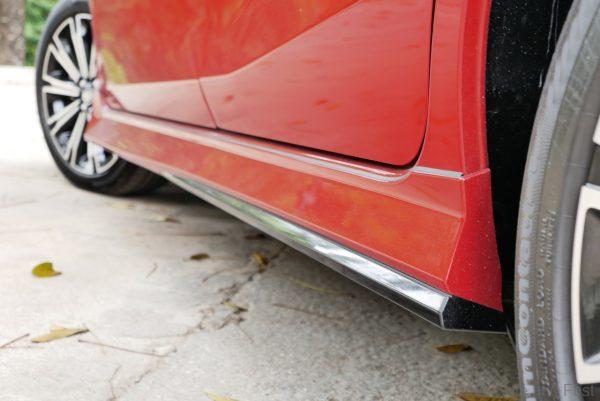
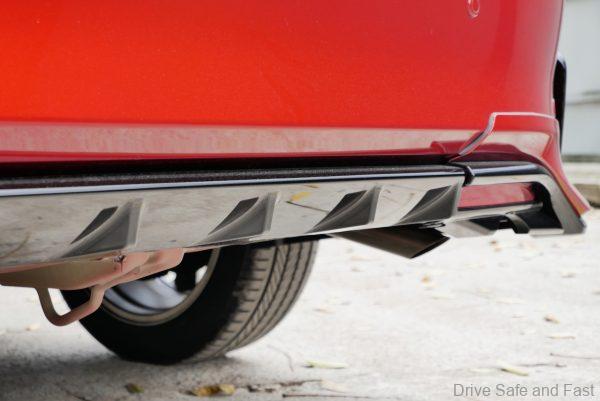
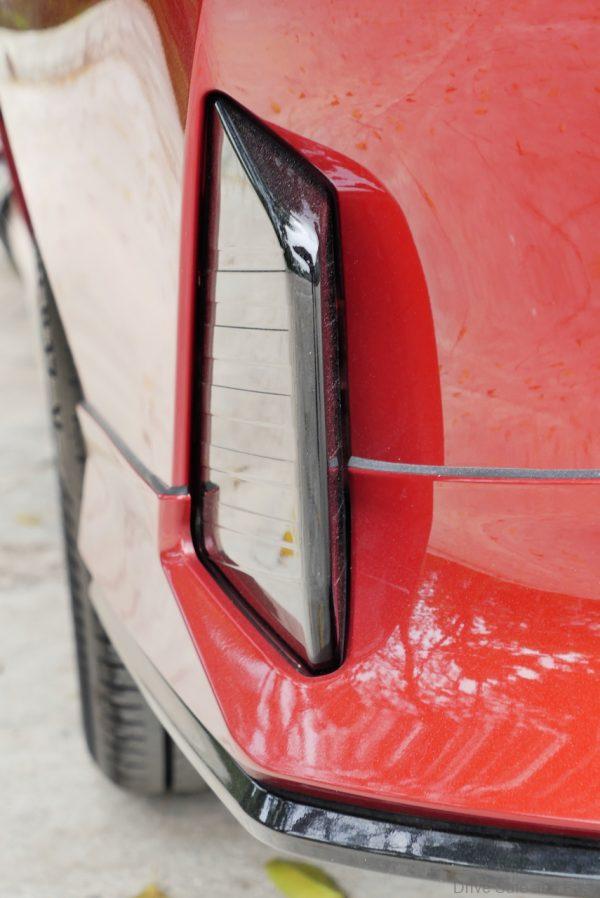
Unfortunately, the fastback styling comes with a severe compromise and that’s headroom. Someone of my height cannot sit in the rear comfortably. My head locks into the headliner and the rear headrest doesn’t rise high enough to provide usable support. Bearing in mind that the Vios historically serves as a South East Asian taxi in some markets, we wonder what Toyota’s reasoning was for going this route? Perhaps an upcoming mass market crossover variant will resolve the issue.
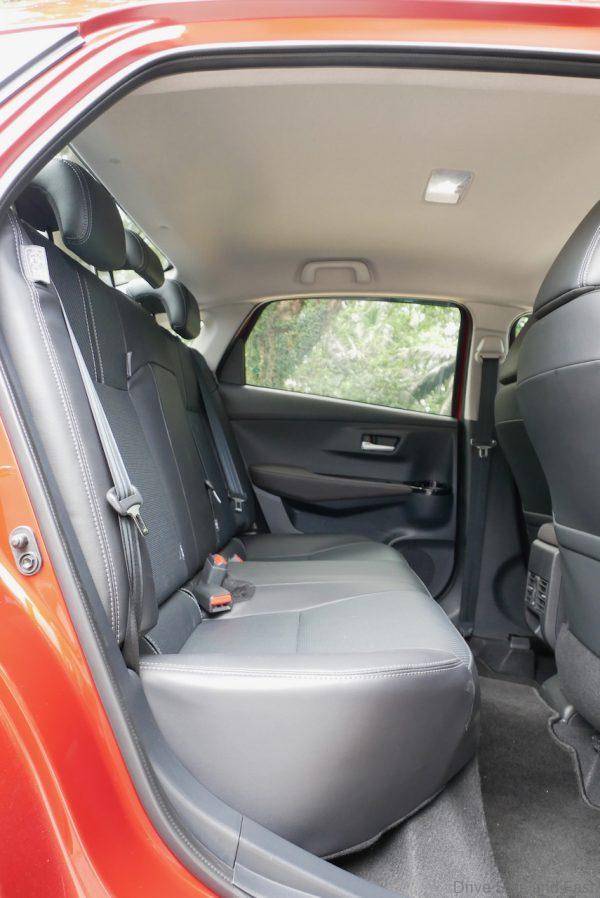
In any case, the rear passengers now get treated to their own blowers and there are USB type-A and type-C ports here too. No centre armrest though.
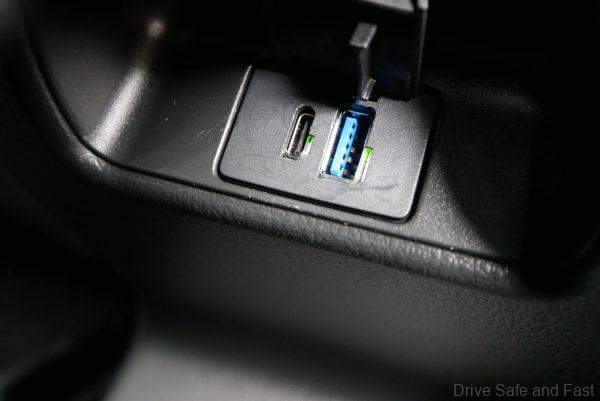
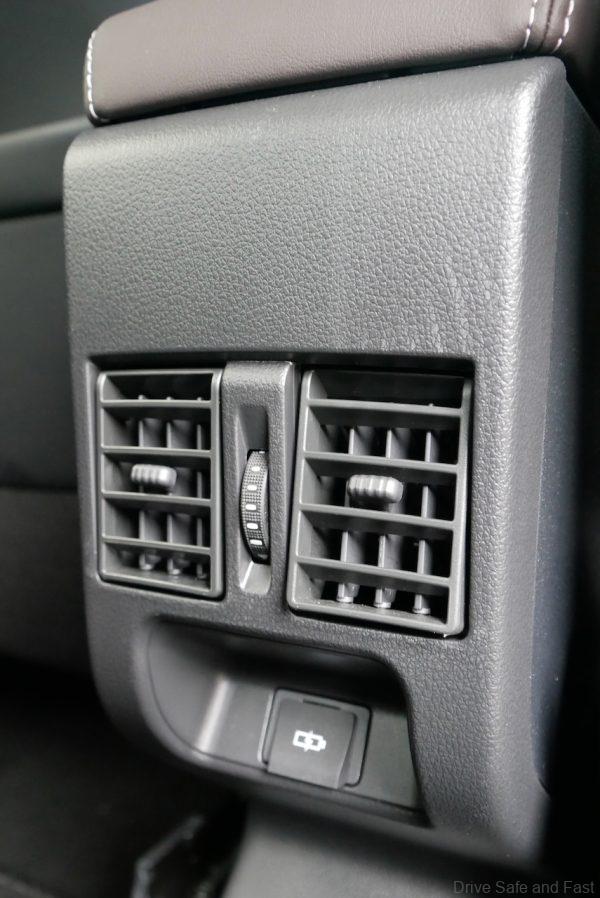
The boot space is still respectable enough (despite shrinking slightly), but now the rear seatbacks don’t fold back any more.
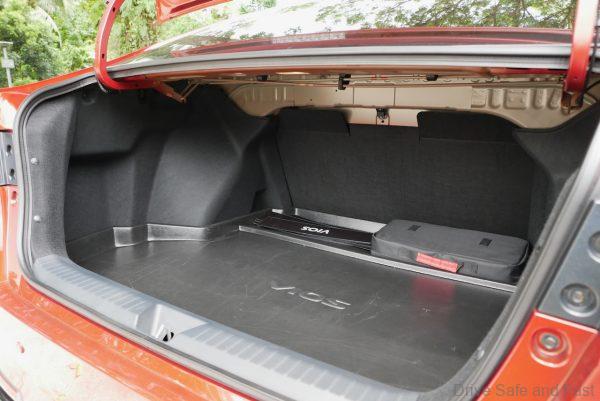
Plus, there’s no spare tyre at all but just a tyre repair kit. Yup, all changes on the new Vios are drastic.

On the upside, the new Vios is more rigid and lighter than the outgoing model by a significant margin. It’s also worth noting that the cabin is quite a nice place to be in. The new Vios ditches symmetry for a more ergonomic and organic layout.

They’ve made good use of the limited space available in the cabin with a wider centre armrest and more cubby holes.

The cabin is littered in soft touch materials, including padding for the driver’s left knee. It’s also nice to see a little bit of a 3D diamond motif sculpted into the glossy black plastic parts for a bit of pizzazz. Cabin lighting has also been upgraded to LED bulbs as well.
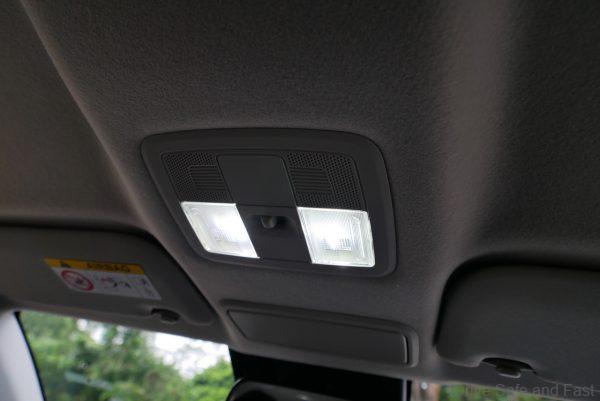
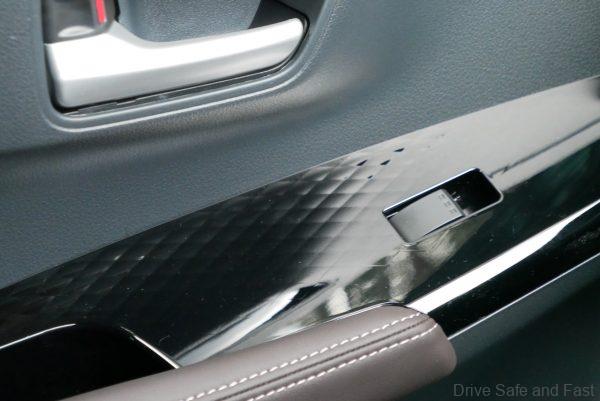
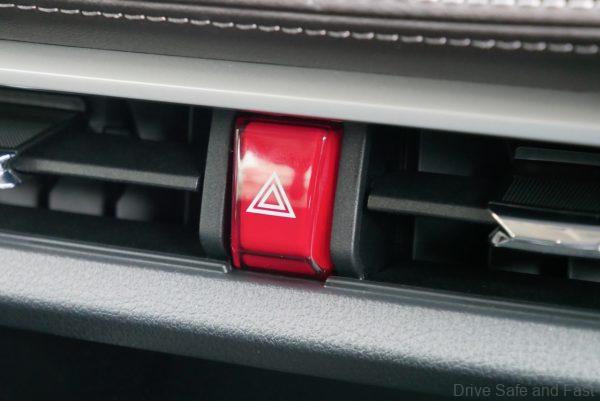
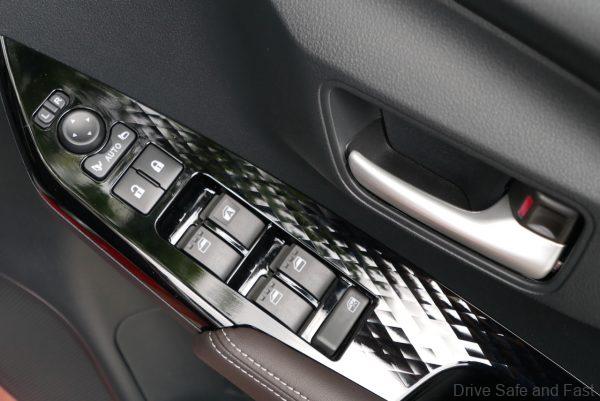
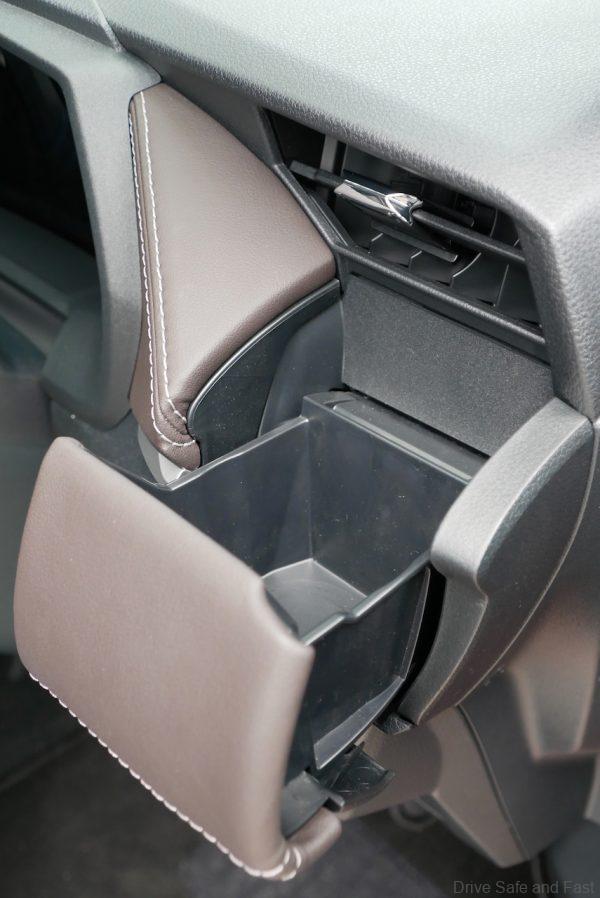
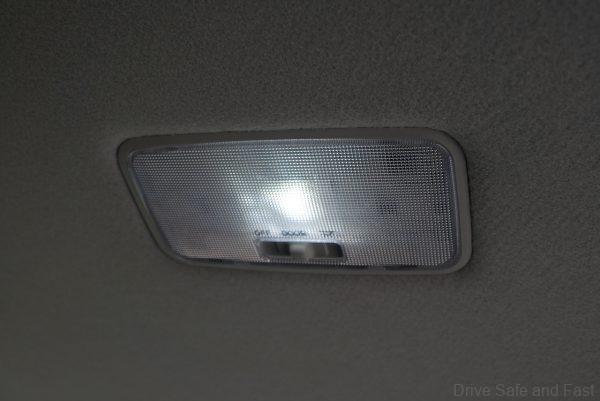
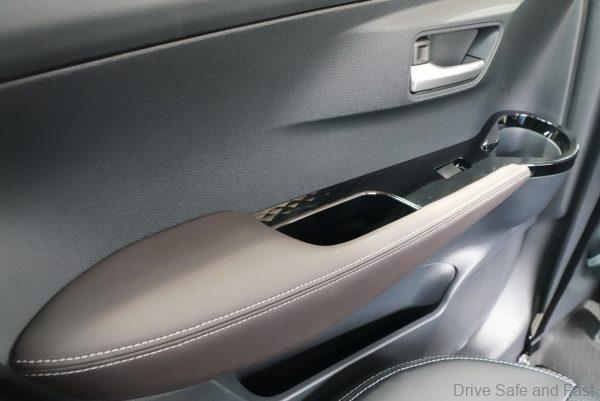
The instrument cluster will be familiar to modern Perodua owners – it’s almost exactly the same one fitted into the new Axia, Ativa and Alza. The Vios does get some custom animations and an ECO mode, but by and large this is yet another Daihatsu parts bin item.

It’s worth noting that there is ambient lighting in this cabin with custom colour swapping through dedicated physical buttons. In our testing, it appeared that the ambient lighting was mostly visible in the centre storage tray and the cabin footwell lights remained blue and not-in sync with the rest of the ambient lighting. It’s a bit of a missed opportunity but rivals have yet to even try custom ambient lighting at all in this segment, so it’s not something I’d complain about.

VALUE
The first Vios came into Malaysia it was priced between RM74K ot RM82K. 20 years later, despite inflation and a much weaker Ringgit the Vios comes in between RM90K-RM95.5K. It’s a tough pill to swallow, but the reality is that this is what to expect in the segment. Its petrol-powered high-spec competitors from Honda and Nissan are priced at just above RM90K.

For the RM5.5K premium the Vios 1.5G is asking over its competitors, you get 17” rims, solid disc brakes at the rear, a 9” headunit with wireless Apple CarPlay and Android Auto, front parking sensors, a wireless charger and an electric parking brake with Auto Hold, which are all missing on competing models. UMW Toyota also packages the Vios with a handy 360-degree parking monitor and front & rear DVRs.
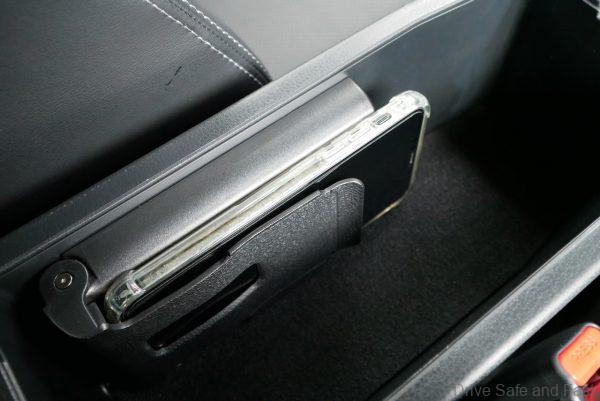
That being said, I personally find the Almera a sportier feeling vehicle to drive and the City a tad more upmarket in its ride, steering and throttle tuning. The Vios does a good enough job at being in between these two extremes. Toyota clearly want this new Vios to be a fresh start in terms of design, performance and even market position. The only question is whether the market is ready to accept the new Vios for what it is and the new reality of stronger engineering ties between Toyota and Daihatsu for this region.
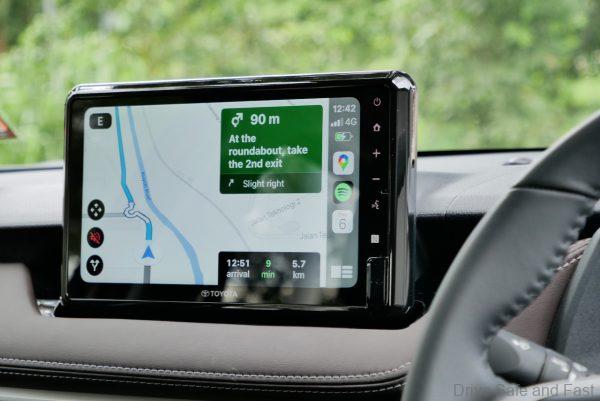
2023 Toyota Vios 1.5G Specifications
Engine: Inline-4, 16-Valve, Dual VVT-i, Petrol
Capacity: 1496cc
Gearbox: D-CVT With 7-speed Sequential Shift
Max power: 104hp @ 6000rpm
Max torque: 138Nm @ 4200rpm
Top Speed: 180 km/h
Price: RM95,500

















